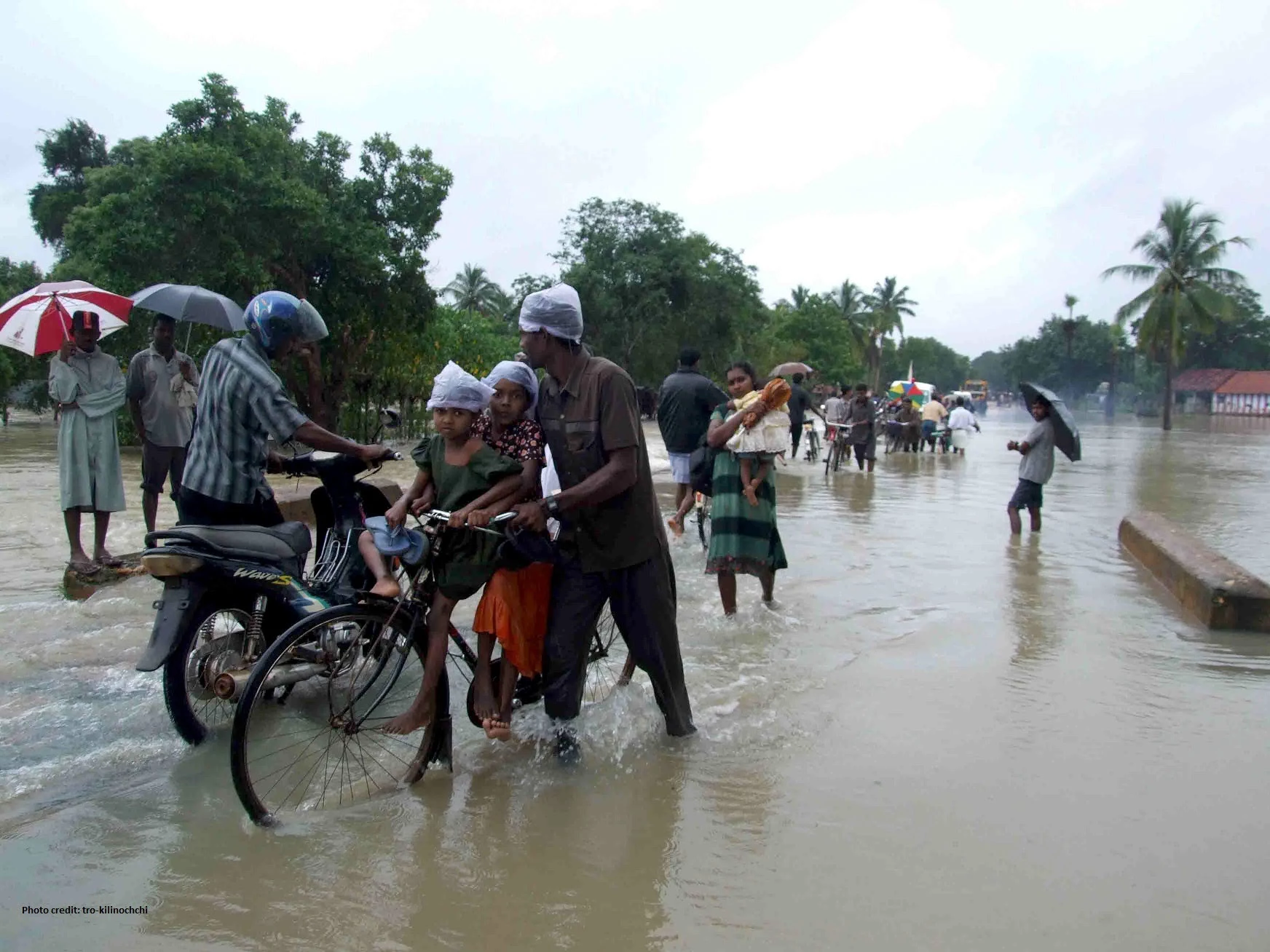When it comes to responding to disasters, time is of the essence. Help needs to come immediately to save lives; recovery and reconstruction have to start swiftly to lessen the impact.
However, while money is critical to this response, it’s not just about funding. Indeed, funds need to match the event scale, target the right areas and sectors, and smoothly flow to communities in need. But in order for that to happen, sound public policy on risk and frameworks have to be in place.
To address both urgent financial needs while pursing strategic disaster risk management policy goals, countries have been using the World Bank’s development policy loan with a catastrophe deferred drawdown option or, more widely known as the Cat DDO.
The loan provides quick liquidity when an eligible disaster event occurs. Governments can rapidly draw on funds either in full amount or in parts and repay later under agreed terms. For example, Sri Lanka accessed over US$100 million for recovery efforts after floods and landslides in May 2016.
The Cat DDO is more than just emergency lending. Along having a sound macro-economic environment, countries wanting to access this innovative financial instrument also agree to advance specific policy actions that strengthen disaster risk management. In the Philippines, for example, Cat DDO is helping to improve building codes and other policy actions to strengthen the resilience of critical infrastructure. In Latin America, policy dialogue and technical work related to Cat DDOs have contributed to the development of a range of sophisticated risk financing instruments.
Tailored to country needs, this instrument has proved popular among middle-income countries. Between 2008 and 2017, 15 such loans were approved worth US$2.345 billion.
Now, with the latest replenishment of the International Development Association (IDA)’s concessional financing, Cat DDOs are also available to low-income countries eligible for IDA funding.

Photo: European Union, European Development Days, June 2017
Saint Lucia, Haiti, Kenya, Cabo Verde, and Maldives are already considering Cat DDO credits. In doing so, they are looking at experience from previous operations which highlights the added value of the instrument such as:
- Cat DDOs provide immediate liquidity, with countries being able to access funds within 48 hours.
- Cat‐DDOs help drive the implementation of policy reforms, monitoring outputs, and linking them to sectoral investments.
- Defining Cat‐DDO policy actions brings together stakeholders across different ministries and agencies enabling disaster risks to be addressed in a comprehensive manner.
- The instrument provides an opportunity to elevate disaster issues to oversight agencies, such as finance, budget, and economic planning which may not otherwise be engaged in the policy dialogue.
- CAT DDOs help raise awareness of broader concepts of disaster risk management, and support governments in the process of defining their national risk reduction strategy.
As low-income countries work to strengthen their disaster readiness in the years to come, the Cat DDO can play a major role linking the disasters, funds, and policy to ensure that urgent needs are met while long-term policy goals are reached.
Joaquin Toro, Doekle Geert Wielinga, and Suranga Sooriya Kumara Kahandawa contributed to this blog post.
Read more blog posts from the third World Reconstruction Conference.
Subscribe to our "Sustainable Communities" newsletter and follow us on Flipboard





Join the Conversation